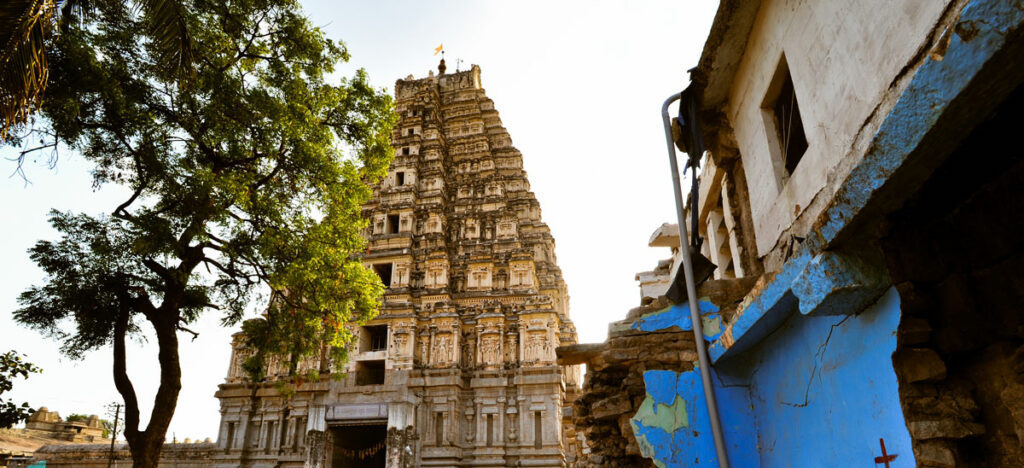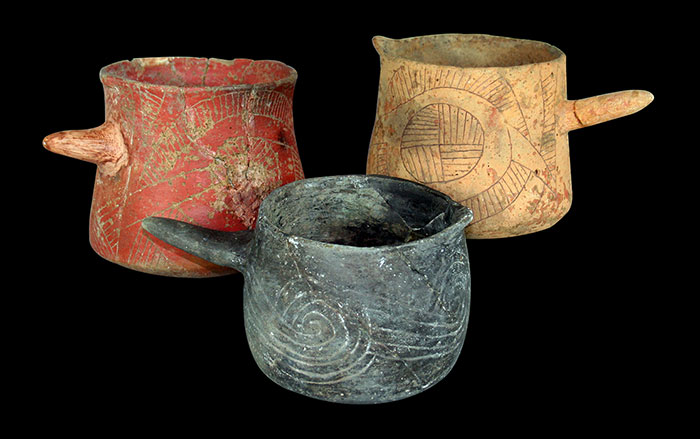
LEIPZIG, GERMANY—A new technique that identifies ancient human DNA even when large amounts of DNA from soil bacteria are also present has been used to study a 40,000-year-old modern-human leg bone. The findings suggest that the remains, which were found in China’s Tianyuan Cave in 2003, came from an ancestor of present-day Asians and Native Americans. The DNA tests also indicate that this ancestor had already split from the ancestors of present-day Europeans. “More analyses of additional early modern humans across Eurasia will further define our understanding of when and how modern humans spread across Europe and Asia,” said Svante Pääbo of the Max Planck Institute for Evolutionary Anthropology.










